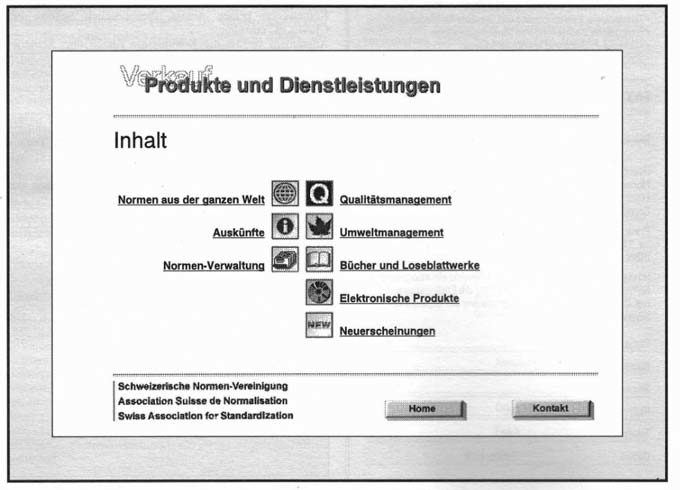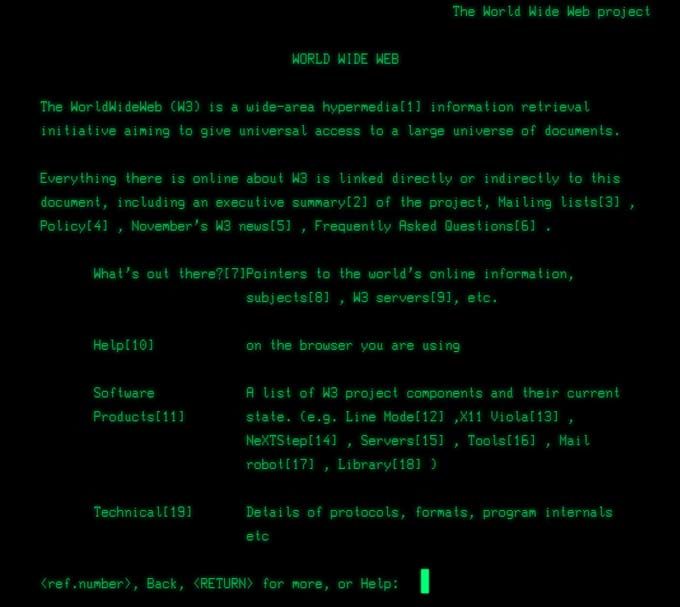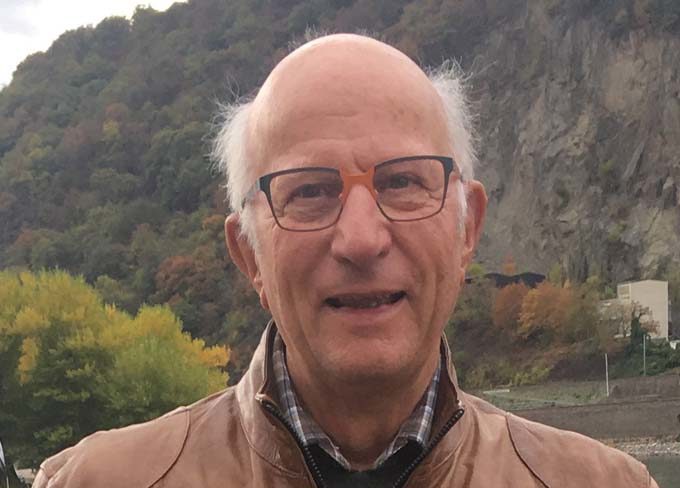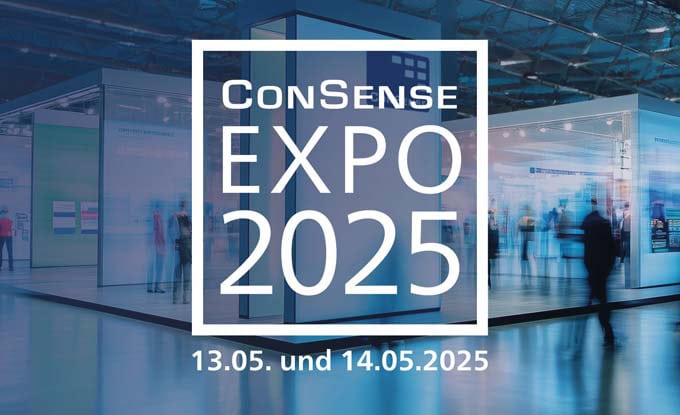SNV 1990-2000: When the first websites were created
Another chapter in the 100-year history of the SNV: In the 1990s, not only does the private use of computers and mobile phones increase, but the Internet also becomes accessible to the public. The SNV also receives its first website.


First website in October 1997: "The SNV new on the Internet".
In October 1997, the SNV headlines its Bulletin "The SNV New on the Internet". The article proudly explains that SNV is present on the World Wide Web with its first website. From the very beginning, a wealth of information about SNV and its products and services, including an order form, has been available. What, as the first website more than 20 years ago, was still somewhat colourless and had few icons, developed over the course of the next 20 years into a comprehensive platform with important content relating to national and international standardization.
Today, our virtual visitors will not only find all the standards in the SNV-Online shop. You can also register for various topics educate or for example via the Member area Helping to shape standards. It is important that companies keep their stock of standards up to date. You can take out an SNV standards subscription for this purpose. We also offer support in licensing the product portfolio.
"It was a transformative and formative time in which we were heavily challenged in standardization"
Peter Scheibli worked at the SNV from 1986 until his retirement in 2001 as Head of Standardization and International Relations and as Deputy Director with the rank of Vice Director. In our interview, he recalls the beginnings of digitisation within the SNV.

During your time as Head of Standardization and International Relations, the World Wide Web came into being. How has this development influenced your work?
It was a revolutionary and formative time in which we were strongly challenged in standardization. On the one hand, standardization work was completely changed by digitization. The exchange of information increasingly took place electronically. On the other hand, the distribution of standards could also take place via digital channels.
When we had to decide to introduce standards downloading on the Internet, there were big question marks about copyright. Would revenues now fall because recipients could pass on the standards undetected? However, we were aware of the fact that we could not resist the march of technology and expected an increase in the sale of standards thanks to the simplified access for the many interested parties. At launch, we priced a downloadable standard higher than the paper version. As expected, the sale of standards increased. Very soon the ratio of the number of downloads to the number of paper versions changed and we had to adjust the prices. Today the paper version is slightly more expensive.
We approached the introduction of electronic standards downloading together with the German standards organization "DIN", which brought us considerable synergies.
When did you recognise the relevance of the Internet at SNV?
Since we worked intensively in countless international committees, we were aware very early on of the need to promote IT-related topics. I would say that we tackled digitization from 1995 to 2000 and implemented it according to SNV's needs.
How should one imagine the work of your team before digitalisation in standardisation?
Before digitalization, our customers ordered standards by phone and asked our staff for advice because they often did not know which specific standard was applicable to their needs. Our team would look for the appropriate standard in a printed catalogue, collect it in printed form from the warehouse and send it to the customer by post.
Over time, the research tool Perinorm was developed, in which we could find the existing standards. Our customers could buy this tool in the form of a CD and use it to search for suitable standards themselves. Perinorm is still available today and contains over two million standards (www.perinorm.com).
What did the introduction of the standards download mean for you and your team?
It was an immense project. As already mentioned, we fortunately worked together with DIN on this project. In a first step, the entire stock of standards had to be digitized, i.e. scanned.
I have been interested in digitization from the very beginning and therefore had a seat on the committee of the World Standards Cooperation (WSC; editor's note: the WSC consists of the International Organization for Standardization ISO, the International Electrotechnical Commission IEC and the International Telecommunication Union ITU), which dealt with the digitization of standardization work and standards distribution. Thus, I knew the topics first-hand and was able to ensure the transfer of knowledge to SNV. The training of our team, including the experts, was costly and important so that the subsequent introduction at the SNV could take place smoothly. With the introduction of the electronic standards download, the demands on our employees shifted more and more from consulting to IT skills.
In the 1990s, various new technologies and thus new needs became established. Was the SNV involved in the development of IT-relevant standards?
IT standards tended to be developed outside the usual standardization process, and the Geneva-based European Computer Manufacturers Association (ECMA) was particularly involved in this area. Its managing director sat on the IT committee of the SNV and kept us up to date on developments and standardization work in the IT sector. Switzerland itself was rarely actively involved in IT standards. One exception was the security-related standards for banks, in the development of which it played an important role.
What experience during your time at SNV remains in your memory to this day?
I was particularly moved by the farewell party that was organised for my retirement. Colleagues from all over Europe travelled to Switzerland to take part in my farewell party. We met at the SNV headquarters in Winterthur, then visited the Oskar Reinhart Collection at Römerholz and rounded off the day with an exclusive dinner. I was extremely pleased by the illustrious company that had gathered especially for my farewell, and to this day I feel honored that I was given this personal recognition.
Would you like to learn more about SNV? Click here to go to the Image film.









